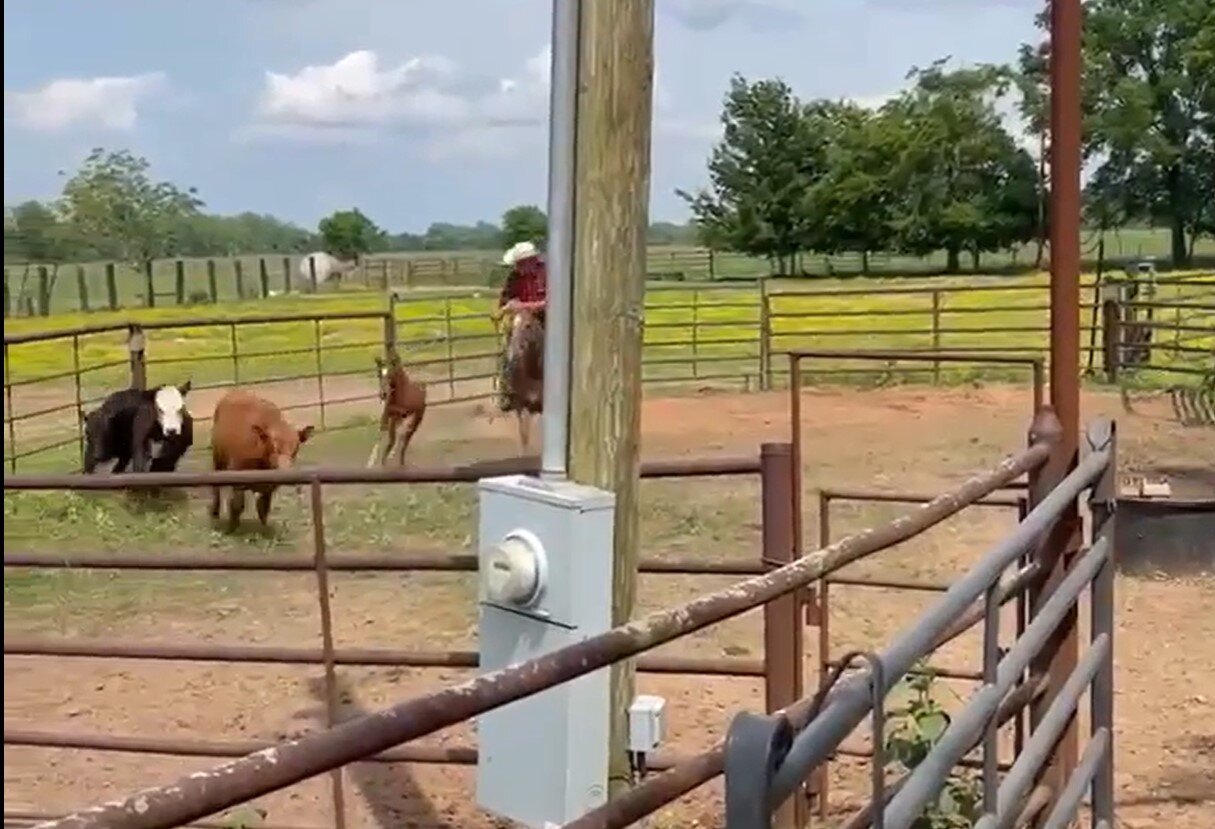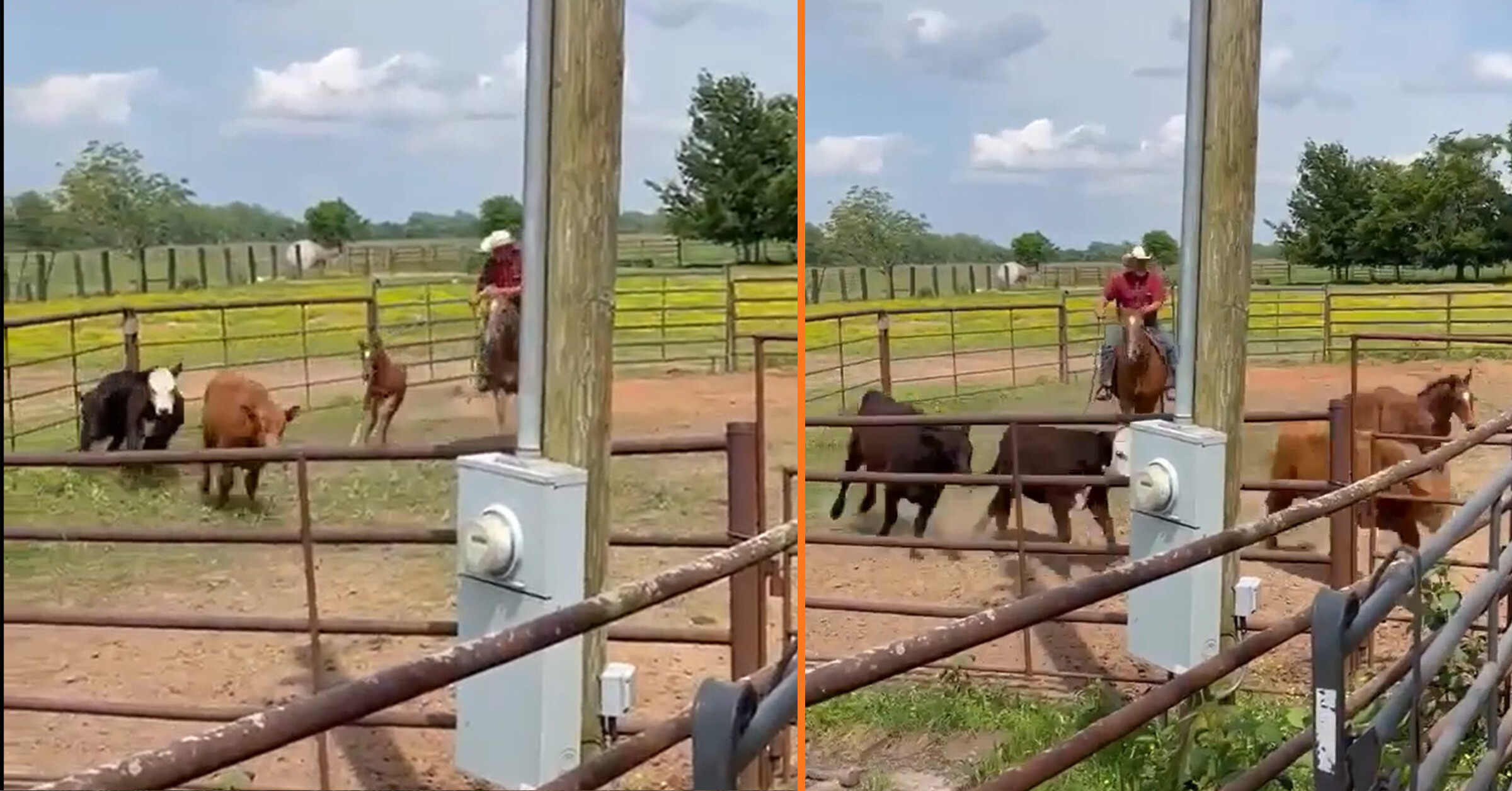Did you know that horses can be taught to respond to verbal commands? They can pick up certain words and tones in the voice. It’s a great way to help your horse understand what you want from him. Short words can be used on the ground, such as when leading or lunging, and even in the saddle.

Horses are very apt at learning verbal commands like: “whoa”, “walk”, “trot”, “canter” or similar words that are quickly understood. Whoa is also used as a command to stop. This command is especially associated with its use to get a horse to stop or slow down.
Speak clearly when instructing your horse. The tone of your voice is important. When you’re asking for speed, your voice should be of a higher pitch. Words like whoa and walk should still be firm but be said in a deeper tone.

While your horse is learning the cues, you must incorporate other signals. A whip to encourage speed, a yank of the lead rope to slow down, or a pat on the neck for the good boy will all help your horse understand easier. You must also be consistent. Frequently, riders ask their trotting horses to whoa when really they just want him to walk.
Make sure you use the right word. Do not babble or get angry with your horse. Timid handlers may say eassssyyyy, whooaaaa in a small or meek voice. It is better to use short words assertively. On the other hand, do not scream at your horse. They don’t respond to yelling and frustration. Many disciplines encourage subtle training without the use of verbal commands. However, there are plenty of times when voice cues can be extremely useful. Find a system that works best with your horse by trying out a few different methods.

Simple, one-word commands are the best! Here are a few you can try: walk, trot, canter, whoa, back, easy, stand, and good boy/girl.
